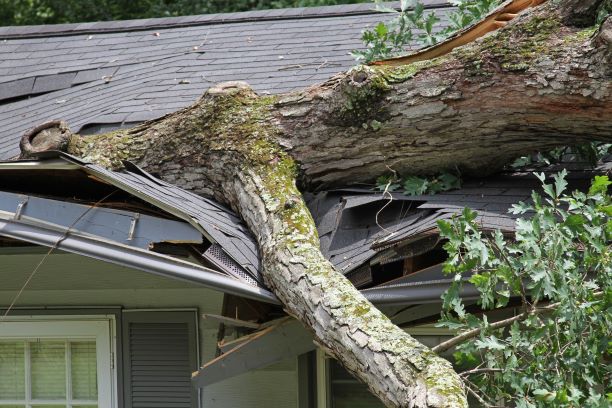Wilful damage is one of the most commonly reported crime in Australia.
So what is wilful damage, when might you be charged, what are the penalties and possible defences?
What is Wilful Damage?
Wilful damage is a misdemeanour that arises if someone “wilfully and unlawfully” damages any property.
As you can imagine, this is a common occurrence and wilful damage is one of the more prevalent complaints received by the Queensland Police Service.
There are a few core elements that need to be present for a wilful damage charge to arise.
First, as you would expect from the name, the activity which gave rise to the damage needs to be “wilful”. That is, you need to have done the relevant action that caused the damage on purpose. This helps avoid issues with accidental damage, although as you might expect it is sometimes up for debate whether something was actually an accident.
Next, the damage needs to be to property. Damage to a person is covered by the various forms of assault that we have written about in other articles and will not give rise to a wilful damage charge.
Finally, the damage needs to be “unlawful”. While there are several ways in which an activity might give rise to “lawful” damage, the most common is going to be the question of whether the owner has provide consent to the damage.
The Importance of Consent
If the owner of property has provided consent to property being damaged in a particular way and you cause that damage, you should not find yourself on the receiving end of a wilful damage charge.
So, for example, if you are performing a new paint job on a car for someone and your first step is to sand off the body of the car, the owner would have a hard time alleging that you have engaged in wilful and unlawful damage.
If, however, the damage you cause goes beyond what the owner gave consent for then you might find yourself back in the firing line.
Often, the owner’s consent to the damage might be implicit and the boundaries not necessarily clear. So if you are about to work on someone’s property and you believe that it might be necessary to cause damage to anything belonging to them in order to perform that work, it’s probably a good idea to make that clear rather than simply assuming the owner understands.
The reason for this is that if a wilful damage charge is brought, the starting presumption will be that the owner did not give consent. It will be up to you to prove otherwise.
What is a “Special Case” of Wilful Damage?
There are some special cases of wilful damage which can attract higher penalties than a “normal” circumstance. While there are a fair number in the list of “special cases” here are a few of the major examples.
If there is damage to premises (for example, a house) that is caused by an explosion and someone is inside the premises, or their life is endangered, this attracts a higher penalty.
If the damage is caused to a seawall and results in there being a risk of inundation or damage to property, then this can likewise increase the penalty.
Damage to wills and important registry documents (eg births, deaths and marriages) can attract higher penalties.
Similarly, damage to wrecks, railways, aircraft, vessels, navigation beacons, agricultural machinery and water-related infrastructure can all attract higher penalties than a normal wilful damage charge.
What are the Penalties for Wilful Damage?
The normal maximum penalty for wilful damage is five years imprisonment.
Each of the special cases we mentioned above (and others) attract different higher penalties.
So, for example, special cases of explosion and damage to seawalls can attract a maximum penalty of life imprisonment.
Damage to aircraft, wills and important registry documents can attract a penalty of up to 14 years imprisonment.
Many of the other special cases attract a potential penalty of up to 7 years imprisonment.
Defences for Wilful Damage?
Your criminal lawyers can discuss with you in detail the possible defences to a wilful damage charge.
The first thing to assess whether there was any intention to cause damage. The nature of the charge requires the action to have been “wilful”, and so if in fact this was an accident that may be a ground for defence.
Next, you can carefully consider whether there may have been consent to the damaging question for the reasons we outlined above.
There might also have been special circumstances such as an emergency that warranted the damage being caused – for example, breaking the window of an overheating car to rescue an infant.
There are a number of other defences you might be able to consider for a wilful damage charge but the above are the most common that are likely to arise.
Charged with Wilful Damage?
While wilful damage can be a common misdemeanour charge, however it is still a serious one attracting up to 5 years or more potential imprisonment.
Before giving a statement to the police or pleading guilty to such a charge, this is an area where you should definitely seek legal advice.
If you’ve been charged with wilful damage reach out to us and we’d be happy to help.

